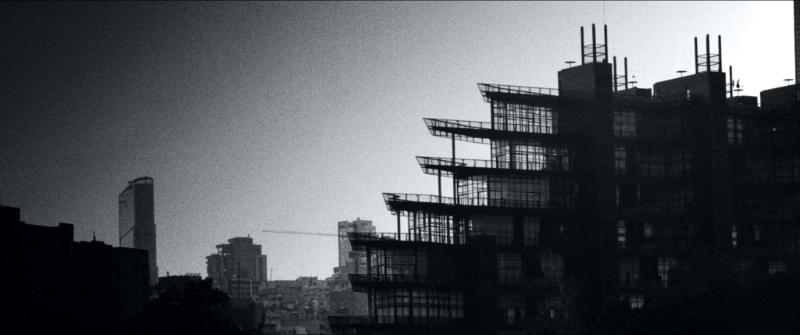
Selected for AFI '25 by argos centre for audiovisual arts, Brussels, Belgium.

What compels you to work with moving image, and when did you first become interested in the medium?
My journey into moving images was both fascinating and organic. I started with analog photography in my teenager years. There’s something deeply magical about the process of analog photography, especially when you witness an image emerge in front of your eyes. The gift of a S8 Braun Nizo camera was a pivotal moment, and for that I have to thank one of my teachers in film school. Timelapse and frame-by-frame techniques opened up an entirely different realm for storytelling. With animation, I could bend time, space, and reality in ways that feel almost limitless. The shift from pixilation to broader animation techniques gave me an even richer vocabulary for expression. When I was very young I saw the short films of Jan Švankmajer and his work was truly unforgettable—it had such a distinctive, surreal quality that resonated deeply with me. His films blurred the boundaries between the inanimate and the living, often using stop-motion animation, puppetry, and surrealist imagery to explore themes pertaining to human nature, dreams, and the subconscious. His influence pushed me to work with pixilation and frame-byframe animation. His use of tactile materials and eerie transformations was very much in line with the tactile, hands-on approach in my own work.
Can you speak about the potential that dreaming and altered states of reality offer individuals and societies? How do you feel this is reflected in filmmaking and in your artwork specifically?
In uncertain political times, imagination itself becomes an act of defiance. Fictional or speculative storytelling, can help us "see" futures that are worth fighting for. Just as Alice encounters surreal characters who question her assumptions, I use the same mirror to question dominant ideas about power, success, and progress. Could a future world prioritize collective care over endless growth? Mutual aid over competitive individualism? I believe that stepping through the mirror of reality—embracing curiosity, imagination, and even the absurd—might be the very thing that helps us tackle these deeply rooted global crises. By removing the setting from familiar contexts you strip away preconceptions and invite audiences to see the underlying patterns of oppression or resilience anew. Dreams and fantasies have always been pathways in my work.
Please share a list of books, music, films, artworks, thinkers, spaces and places that inspire your practice, and in particular have fed into your thinking around this film.
I tried to harness the surreal elements of Beirut’s identity—its constant reconstruction, its haunting past, its vibrant present- while trying to make sure that my feelings align with the city's spirit. The books I read for the making of Dystopian Patterns are a tapestry of intellectual and creative influences, each of which resonates with the themes of history, memory, distortion, and the interplay between reality and the fantastical. Georges Henein, Oeuvres, Aloïs Riegl, Le culte des monuments (The Modern Cult of Monuments), Fadia Nassif Tar Kovacs, Les rumeurs dans la guerre du Liban,
© 2025 www.crawfordartgallery.ie